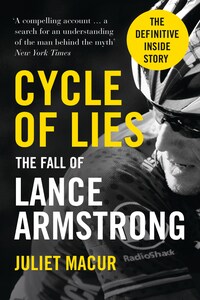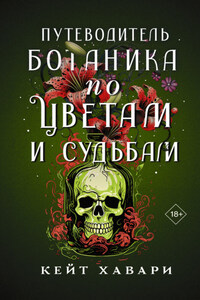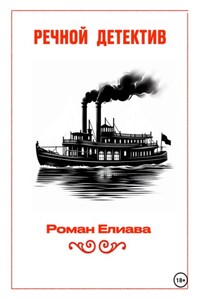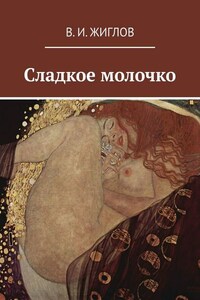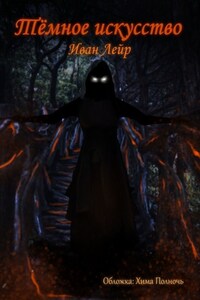The $10 million estate of Lance Armstrong’s dreams is hidden behind a tall, cream-colored wall of Texas limestone and a solid steel gate. Visitors pull into a circular driveway beneath a grand oak tree whose branches stretch toward a 7,806-square-foot Spanish colonial mansion.
The tree itself speaks of Armstrong’s famous will. It once was on the other side of the property, fifty yards west of this house. Armstrong wanted it at the front steps. The transplantation cost $200,000. His close friends joke that Armstrong, who is agnostic, engineered the project to prove he didn’t need God to move heaven and earth.
For nearly a decade, Lance Armstrong and I have had a contentious relationship. Seven years have passed since his agent, Bill Stapleton, first threatened to sue me. Back then, I was just one of the many reporters Armstrong had tried to manipulate, charm or bully. Filing lawsuits against writers who dared challenge his fairy-tale story was his quick-and-easy way of convincing people that writing critically about him wasn’t worth it. Over the years, he came to consider me an enemy, one of the many he and his handlers had to keep an eye on.
Only now, after he has fallen, have we agreed to something approaching a truce. Though he’d deny it, I know that he has chosen to sit down with me because he thinks he might be able to control the direction of my book. No chance, I’ve told him. After multiple criminal and civil investigations into whether Armstrong orchestrated a sophisticated doping regime to win seven Tour de France titles; after all the testimonies from riders who knew him better than anyone else, and who contradicted under oath every public defense Armstrong had ever given; after he lied, lied and lied some more, the most notorious athlete of our generation realizes I’m suddenly holding a lot of rope. And I realize that, even now, he imagines himself to occupy a position of almost absolute power.
“You can write what you want,” he tells me in one of our many conversations. “But your book is called Cycle of Lies? That has to change.”
I’ve interviewed him one-on-one in five different countries; on team buses that smelled of sweat-soaked Lycra at the Tour de France, in swanky New York City hotel rooms, in the backs of limos, in soulless conference rooms; and for hours by telephone.
Now, in the spring of 2013, after his whole world has come crashing down and moving trucks are en route to dismantle his beloved estate, I’ve come to visit him at home in Austin, Texas, for the first time.
Yes, fine, come on out, he said. Beset by endless obituaries of his celebrated (and now fraudulent) career, he wanted to ensure that I wrote “the true story.”
So here I am parking beneath the grand oak that Armstrong had moved because, why not? I look at the house and think of his yellow jerseys. A month after the United States Anti-Doping Agency released 1,000 pages of evidence against Armstrong and stripped him of his Tour titles, he had Tweeted a photo of himself lounging, arrogance itself, on an L-shaped couch in this house, his seven yellow jerseys hanging ceremoniously behind him: “Back in Austin and just layin’ around.” That was November 2012. Seven months later, will I find him still defiant?
Before I can pull the keys from my car’s ignition, a cherubic face under tousled, curly brown hair appears at my window and two small preschooler hands slap the glass. It’s Lance’s youngest son, Max.
Armstrong stands behind him in flip-flops, wearing a black T-shirt over black basketball shorts that brush his scarred knees. His eyes are hidden by dark sunglasses.
“Say hi to Juliet, Max,” Armstrong says.
“Hi, Joo-leee-ette!” Max says. Then he turns to his dad and asks for ice cream, a request that makes his father giggle, something I’d never seen him do before.
“Yes, you get ice cream,” Armstrong says. “You’ve been good, buddy, really good.”
We walk up the front steps until Armstrong stops at the door. He moves his eyes to the tree, the house, the life he has enjoyed.
“Great place, right?” he says.
“Yes,” I say, “are you going to miss it?”
Armstrong doesn’t want to move, he has to. His sponsors have abandoned him, taking away an estimated $75 million in future earnings. He would owe more than $135 million if he were to lose every lawsuit in which he is a defendant. To “slow the burn rate,” as he calls it, he has stopped renting a penthouse apartment on Central Park in Manhattan and a house in Marfa, Texas. Next to go is this Austin estate, traded in for a much more modest abode near downtown.
